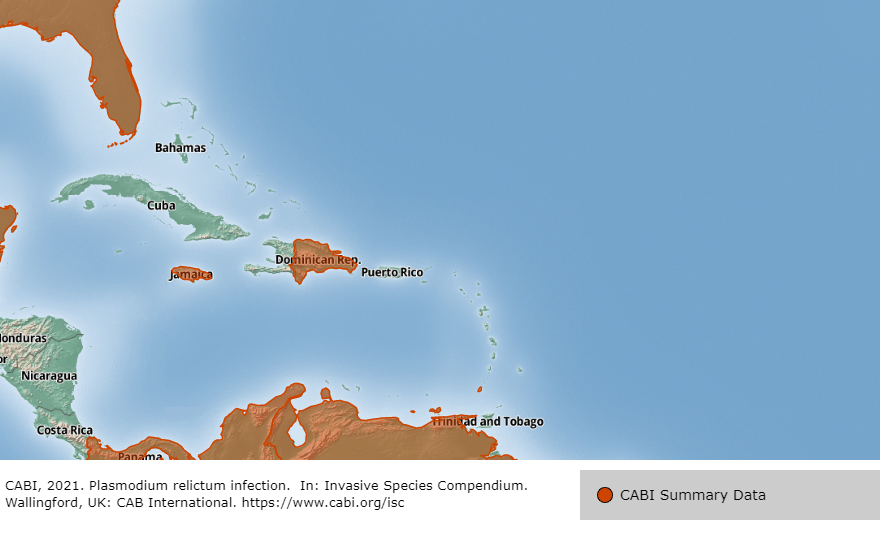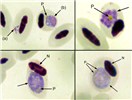Plasmodium relictum is one of more than 40 species of Plasmodium that can infect birds and cause avian malaria (Valkiunas, 2005). This disease has many similarities to human malaria and these organisms were important early experimental models for studies of the human plasmodia. P. relictum has caused acute, pathogenic infections in captive wild birds in zoological collections when they were moved outside of their natural range and in wild populations when it has been introduced with suitable mosquito vectors to remote islands and some other sites worldwide (Garnham, 1966; Valkiunas, 2005).
It has had a substantial effect on the geographic and altitudinal distribution of endemic forest birds in the Hawaiian Islands and has contributed to their decline and extinction over approximately the past 90 years. P. relictum is not infectious to domestic poultry under most circumstances and is not viewed as an economic threat to the poultry industry.
Plasmodium currently threatens endemic penguins and passerines in the Galapagos Islands, but has not yet been verified to the species level in this archipelago (Levin et al., 2009). P. relictum may currently be spreading in New Zealand as the range of a highly efficient vector, the introduced Southern House Mosquito (Culex quinquefasciatus) expands there (Tompkins and Gleeson, 2006).
Other species of avian Plasmodium that can cause disease outbreaks in domestic poultry include P. gallinaceum and P. juxtanucleare in chickens in South America and SE Asia and P. durae in domestic turkeys in Africa (Atkinson, 2008). These species can cause problems when poultry operations are moved into habitats with natural reservoirs of infection and suitable mosquito vectors.
Distribution Map (CABI ISC):

